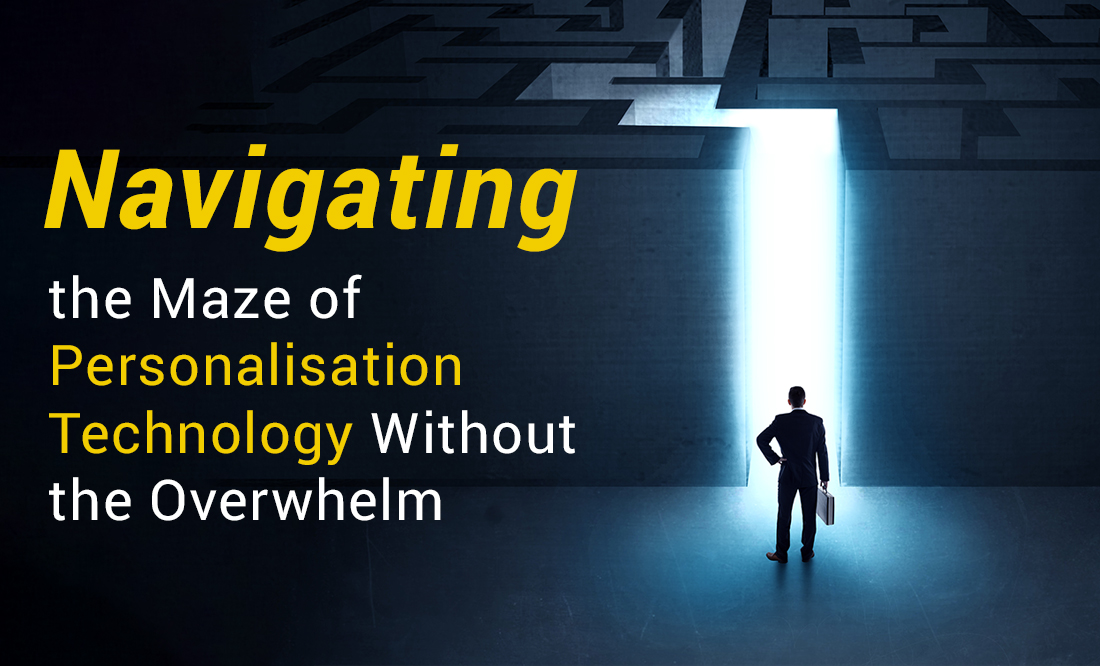In an era where customer expectations are at an all-time high, marketing personalisation has transitioned from a luxury to a necessity. Personalised marketing strategies allow businesses to forge deeper connections with their customers, driving engagement and loyalty. However, with the vast array of available technologies, selecting the right tools can be overwhelming. This article aims to demystify the process and provide actionable insights to help make informed decisions.
The Strategic Value of Personalisation
Personalisation transforms generic marketing into relevant, engaging customer experiences. It’s a powerful tool that can significantly enhance customer satisfaction, loyalty, and ultimately, your bottom line. According to a study by Epsilon, 80% of consumers are more likely to make a purchase when brands offer personalised experiences. Additionally, McKinsey reports that personalisation can deliver five to eight times the ROI on marketing spend and lift sales by 10% or more.
Consider the case of Netflix, which uses sophisticated algorithms to recommend content based on user behaviour, leading to higher viewer satisfaction and prolonged subscription periods. Similarly, Amazon’s recommendation engine drives a substantial portion of its sales by suggesting products that align with customers’ past purchases and browsing history. These examples underscore the potential of personalisation to drive business success.
Key Considerations in Choosing Personalisation Technologies
Choosing the right personalisation technology involves a nuanced understanding of your business goals and technological needs. Here are some critical factors to consider:
- Scalability. Your chosen technology should be able to grow with your business, accommodating increasing data volumes and more complex personalisation needs.
- Integration. Seamless integration with your existing systems, such as your CRM and eCommerce platforms, is essential for leveraging existing data and workflows.
- User Experience. The technology should be user-friendly, enabling your team to utilise its features without extensive training or a steep learning curve.
- Support and Reliability. Opt for platforms that offer robust customer support and have a track record of reliability.
Some leading personalisation platforms include Braze for customer engagement and cross-channel personalisation, Segment for data integration and management, Salesforce for its robust CRM with extensive personalisation features and SAS for its powerful analytics and data management capabilities. Evaluating these platforms against your specific business needs will help you make a well-informed choice.
Data Strategy: The Cornerstone of Effective Personalisation
A robust data strategy is essential for successful personalisation. Here are key components to focus on:
- Data Collection. Collect data from multiple touchpoints, including website interactions, social media, and email campaigns. The more data you have, the better you can personalise the customer experience.
- Data Management. Use tools to clean, organise, and analyse your data. Effective data management ensures that your personalisation efforts are based on accurate and relevant information.
- Privacy and Compliance. Ensure your data practices comply with regulations such as GDPR and the Australian Privacy Principles. This not only protects your business from legal issues but also builds trust with your customers.
Integration of personalisation tools with your existing systems is crucial. For instance, integrating your CRM with your personalisation platform allows for a unified view of customer data, enabling more precise and effective personalisation.
Implementation and Overcoming Common Pitfalls
Implementing personalisation technologies requires careful planning and execution. Here are some best practices:
- Start Small. Begin with a pilot program targeting a specific segment of your audience. This allows you to test the technology and refine your approach before a full-scale rollout.
- Training. Invest in training your team to ensure they are comfortable with the new tools and understand how to use them effectively.
- Continuous Improvement. Regularly evaluate the performance of your personalisation strategies and make adjustments as needed. Stay abreast of technological advancements and be ready to adapt your approach.
Common pitfalls include overcomplicating the personalisation process and underestimating the importance of data quality. Avoid these by keeping your strategies focused and ensuring your data is accurate and well-managed.
Navigating the maze of marketing personalisation technologies can be challenging, but with a strategic approach, it’s entirely manageable. Focus on your business objectives, develop a robust data strategy, and choose technologies that align with your needs. Start small, train your team, and continuously refine your approach. By doing so, you’ll be well-positioned to harness the power of personalisation, driving deeper customer engagement and sustained business growth.
Embrace the journey, and stay adaptable to the ever-evolving technological landscape. The rewards of effective personalisation are well worth the effort.
